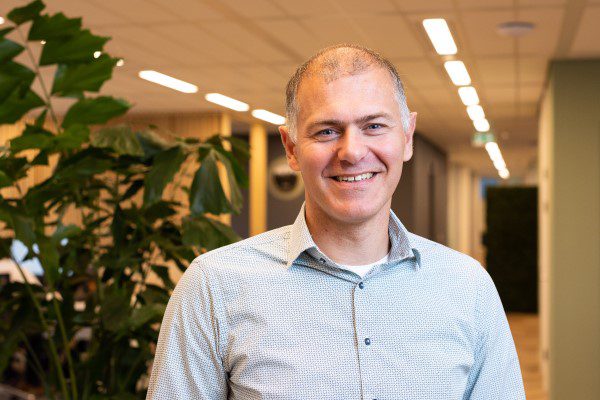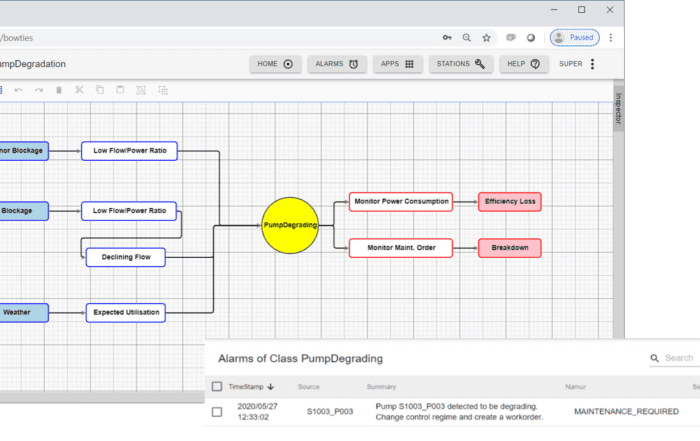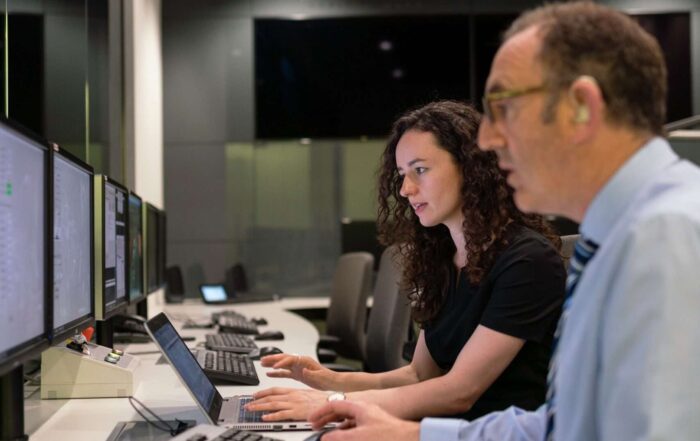Connecting and uniting Maintenance and Operations.
25 Years ago, MaxGrip started out as a consultancy firm in maintenance. Throughout the years we have grown into a global firm expanding our scope to Asset Performance Management and connecting people, assets, data and technology to realize lasting business value. During my 15+ years of working at MaxGrip with clients around the world, I have seen one key opportunity emerge: connecting and uniting Maintenance and Operations.
Just imagine.
What would be possible if you connect (the right) data from both departments? Which asset health insights are you able to generate? What would it be like to work towards collective targets through shared KPI dashboards? How would roles and responsibilities be influenced when working together and de-siloing the organization? How would it influence the results? For most companies the answers to these questions are not a reality as departments are often stand-alone entities which only collaborate sparingly. That’s a real shame as joining forces can be valuable to many aspects of the business, foremost to the bottom line, for example through more production output, a higher Overall Equipment Effectiveness (OEE) or by creating a future-proof organizational culture.
People are the linking pin for successful change management
I believe that the key to change lies in the hands of the overarching manager of both departments at a location, which depending on the industry and company structure, can be the Operations Manager, Plant or Site Manager. Higher or corporate management requires this manager to reach production targets whereas employees expect them to lead the departments on a day-to-day basis, so this person is the linking pin for successful change in the organization.
Uniting Operations and Maintenance will have to be done on the data and technology levels, but I strongly believe that the people are crucial to be successful. In the coming months, MaxGrip will share insights and best practices on how an organization can benefit from connecting and uniting both departments. Having the right data and technology is great, but having the whole organization, together, be able to work with the technology and adapt the new way of working is an entirely different ballgame. That’s when the magic happens; that’s where the real change is achieved.
Mark Mulder
CEO
Get inspired
NVDO webinar about predictive maintenance and how to put your organization in the driver's seat (webinar in Dutch).
Download our best practices checklist to make sure you’re implementing and optimizing your EAM for long term success.





